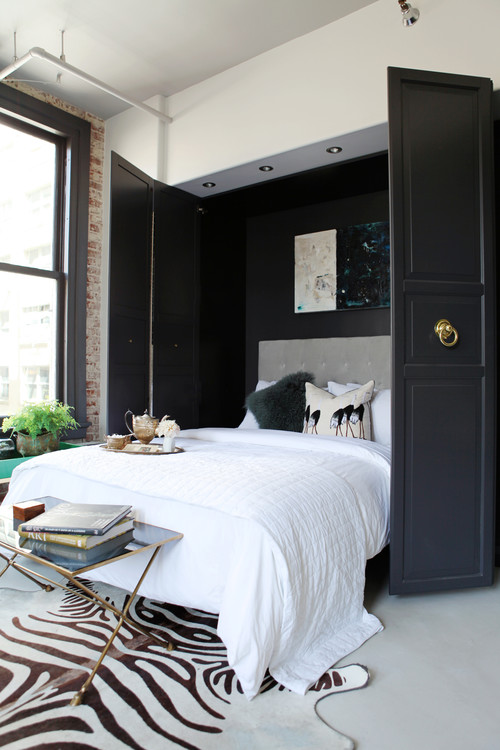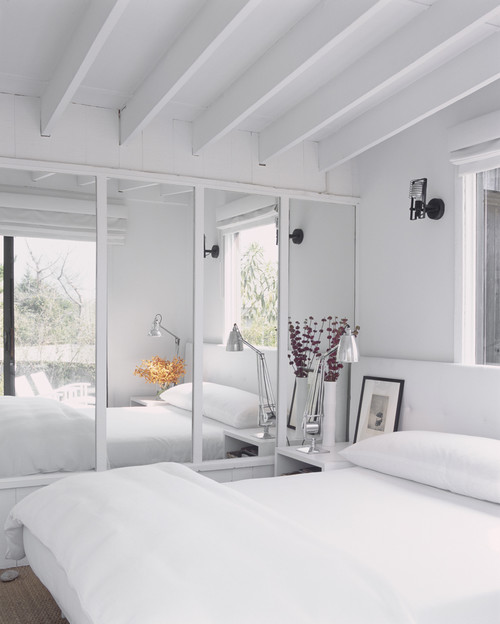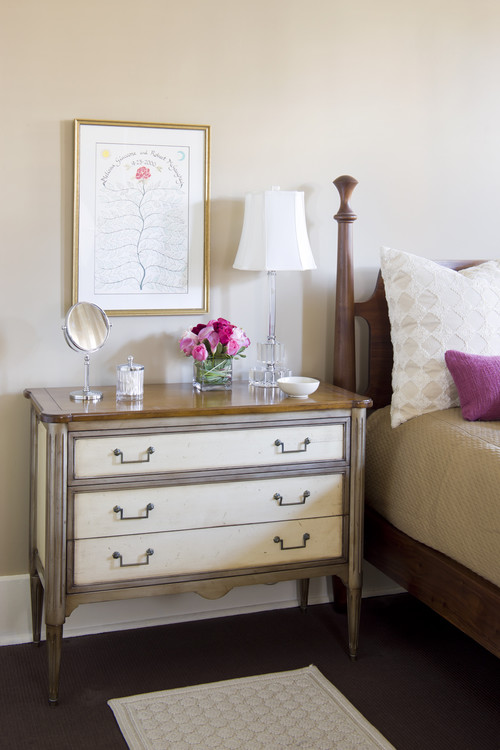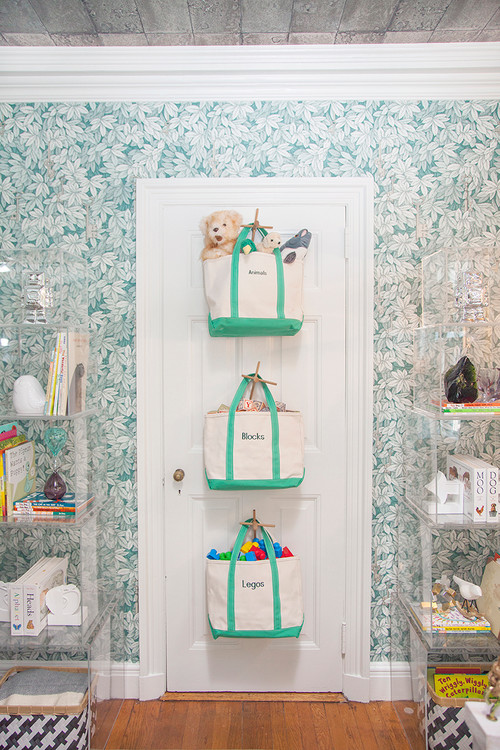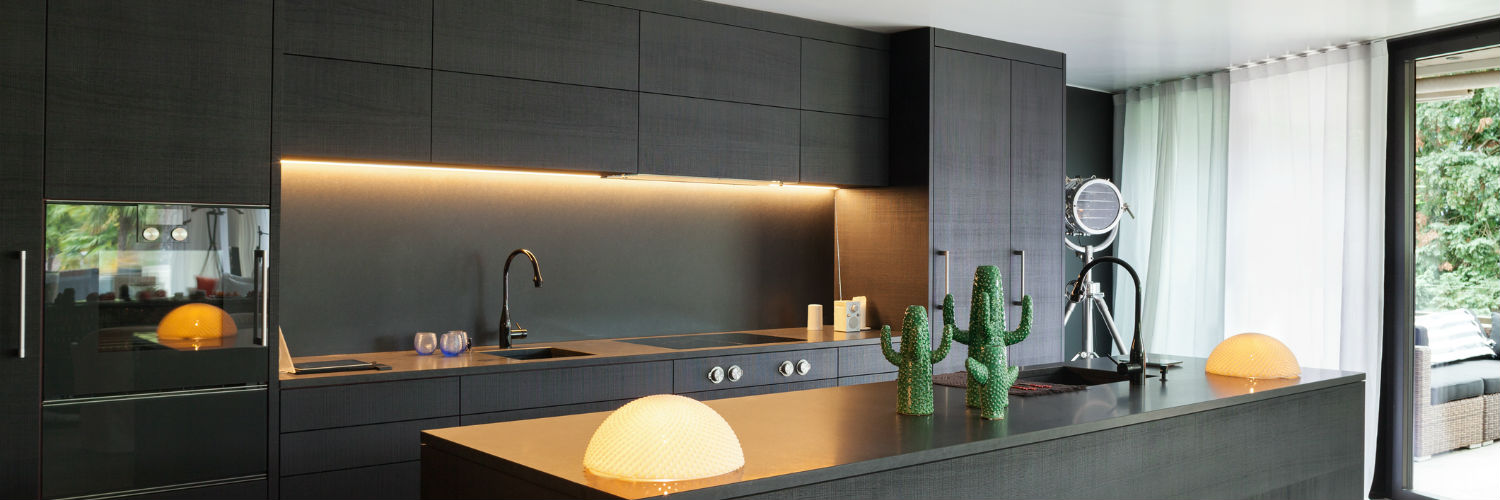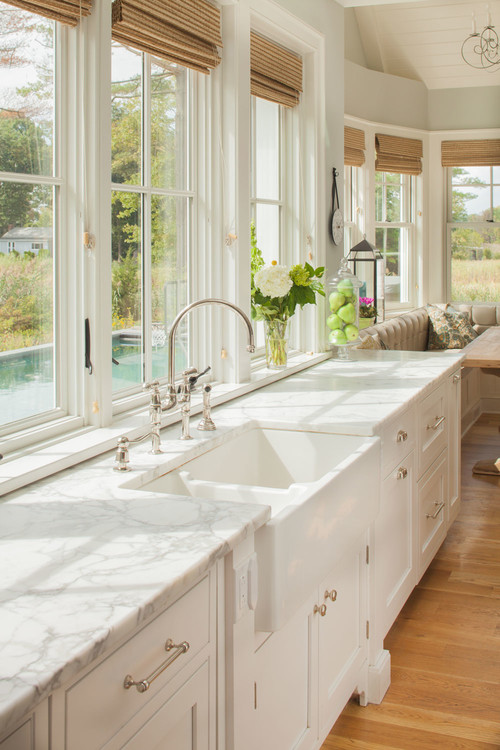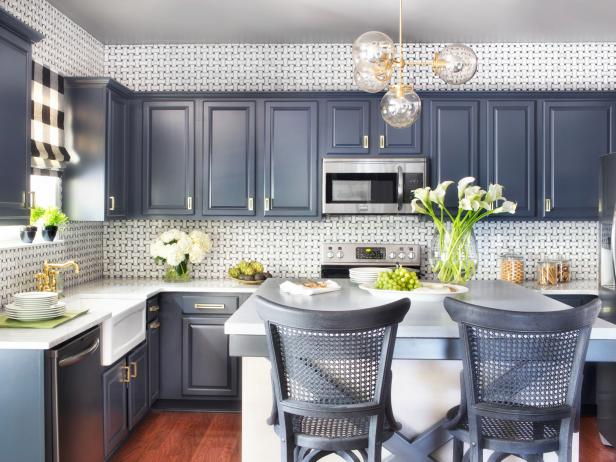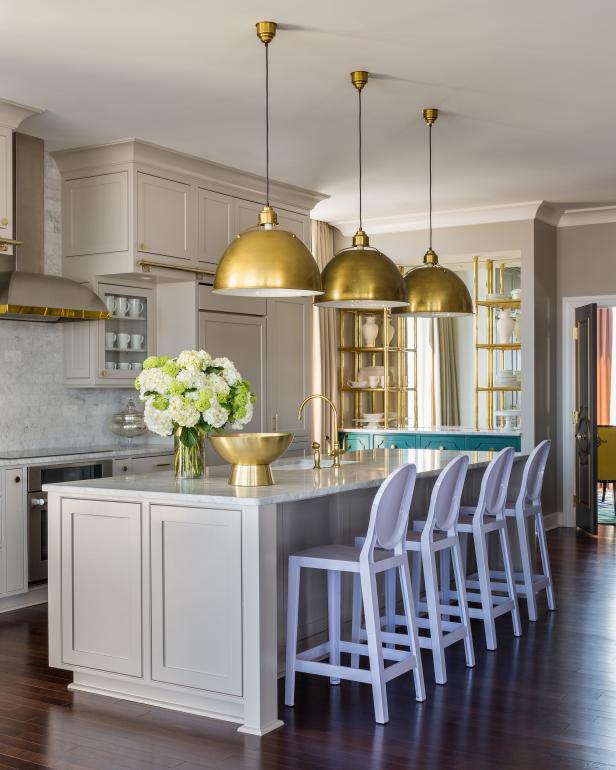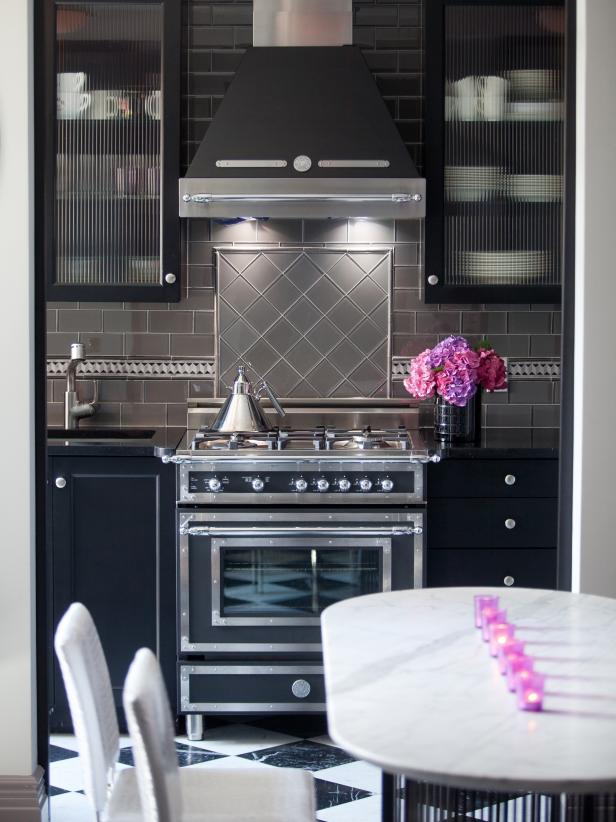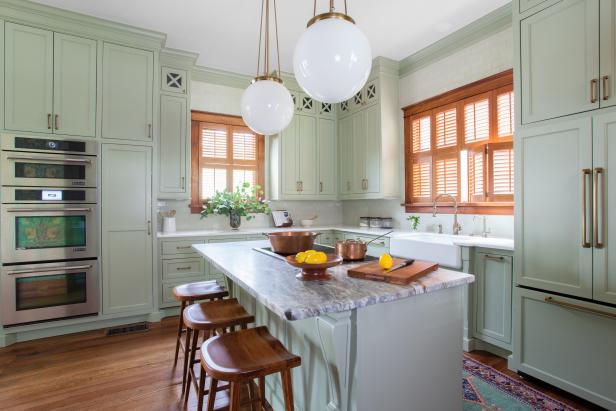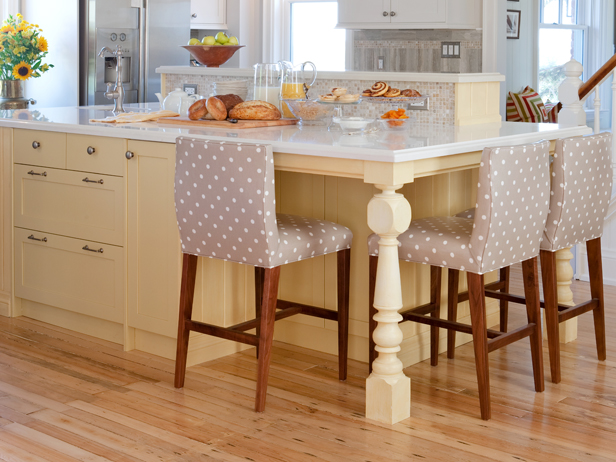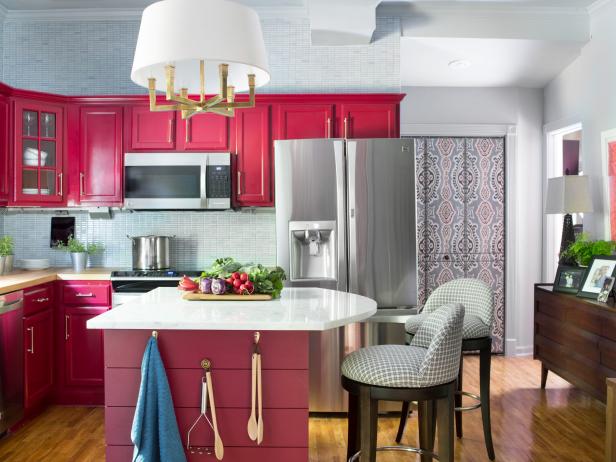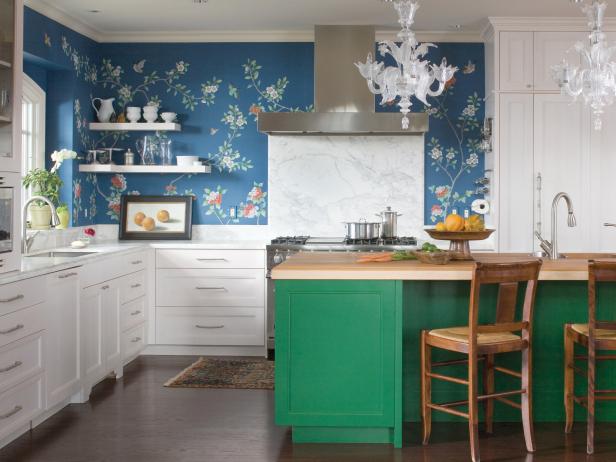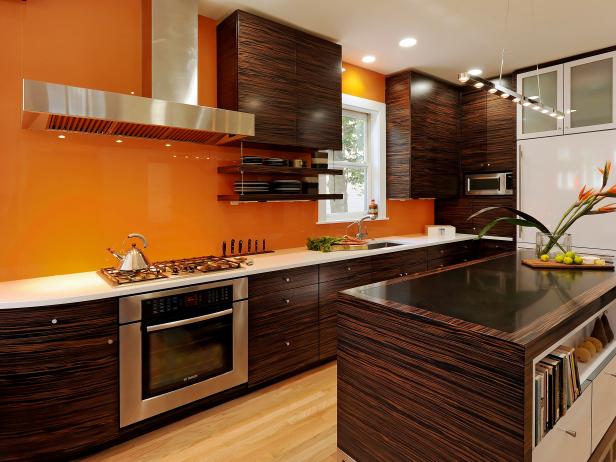The Lazy Guide to Spring Cleaning at Home


After a long winter, nothing feels better than having a clean and sparkling home. But, actually jumping into a deep clean is another story. Here are some simple tips to whip your home into shape without breaking a sweat:
#1 Wall Cleaning
A Magic Eraser is your best bet for tackling walls — it can spot clean anything from splatters to crayon marks. It’s tough enough to reach the cobwebs that collect in the corners of your walls and ceiling. You can also cover the bristles of a broom with a cloth or old T-shirt and use it to knock down any dusty spots.
#2 Carpets and Rugs
Take a little more time vacuuming the high-traffic areas of your house. (Make sure you don’t forget to spot treat any stubborn stains with a stain-removal product.) If your rug or carpet has lingering odors, sprinkle some baking soda over it and let it sit for a few hours. Vacuum up the baking soda and you’ll find the odors have disappeared.
#3 Mattress Ideas
Give your mattress cover a thorough cleaning in the washing machine — don’t forget to throw in a cup of white vinegar to boost the cleaning process. Sprinkle baking soda on your mattress while you’re washing the cover. You can vacuum it up later when you’re making the bed.
#4 Shower Care
Don’t knock yourself out trying to clean glass shower doors. Add a couple drops of water to your dryer sheets and use them to wipe down your shower doors. You can even let your showerhead clean itself overnight while you sleep. Simply tie a bag filled with white vinegar around your showerhead and let it soak overnight. Remove the bag in the morning for a non-clogged shower experience.
#5 Toilet Scrubbing
Have water stains built up in your toilet? Cola can help you attack these stains with little effort. Just pour some in the toilet, let it sit for several minutes, then flush.
#6 Oven Shine
If you have an oven with a self-cleaning feature, spring is a great time to finally run that cycle. Otherwise, mix baking soda with a bit of water and use it to quickly clean up grease and various other spills inside the oven.
#7 Clutter Solutions
When you don’t have time to clean but you need your house to look presentable, tackling clutter is the quickest way to create the illusion of a clean house. Zip through each room of the house and put anything that doesn’t belong into a basket. This strategy requires very little work and can make a big difference in your home’s appearance.
Conclusion
Although these tips won’t completely eliminate the effort involved in spring cleaning, they’ll make the job a whole lot easier. Spring is a time of new beginnings — if you use even a couple of these ideas, your home will enjoy a clean and fresh start to the upcoming season.
Source: CB Blue Matter Blog
Kitchen Storage Ideas for Your Apartment


An uncluttered counter is essential in a small apartment. It looks attractive, feels more airy, and encourages you to cook, rather than sending you running for the takeout menu. So get creative with kitchen storage ideas, and you can make clean counters a reality.
No Drawers? No Problem!
Some tiny NYC kitchens lack drawers. This may seem like a big problem, but with a few clever kitchen storage ideas, you can work around it. For utensils, you have plenty of options. Mason jars work great. You can do what Heather Clawson of Habitually Chic did, and put them on the counter where they double as an attractive interior design element — but if you’re striving for empty counters, simply put them inside a cabinet. If you don’t want to use mason jars, you can use the kind of utensil caddytypically used for outside dining. It has separate compartments for each type of utensil, making it the perfect storage tool for forks, knives, and spoons.
Nesting Bowls
If you like to cook and bake, you’ll have lots of mixing bowls, ramekins, and dishes. In order to allow them to be organized inside your cabinets and take up as little space as possible, it’s important to look for nesting bowls. Try Williams-Sonoma’s glass or melamine bowls — they’re incredibly useful for cooking while taking up minimal space.
Use Your Oven
Where’s the best place to store big, bulky pots and pans in a tiny kitchen? The oven! This saves invaluable cabinet space in a compact kitchen, and it takes only a few seconds to remove all the pots when you need to use the oven for cooking. If you have the appropriate overhead space, a pot rack can also be a good space saver — but be sure that your pans are attractive enough to be on constant display (copper is always a beautiful, high-quality option).
Maximize Wall Space
Use your wall space whenever possible. You can hang up a magnetic knife rack; you can also hang spices on the wall or the refrigerator, if you get magnetic spice containers. Both options look fun and eclectic, while saving valuable cabinet space.
Create More Counters
When your counter space is sparse, you need to get creative. Here’s an idea: Buy a large wooden or marble cutting board and place it over two of the stove burners. Instant extra counter space! When you’re not using the cutting board for cooking prep, you can put something on it like a French press or a spoon holder. It’s a win-win … but you must be careful of your stove dials! Always be vigilant about not accidentally brushing against them and turning them on while the cutting board is in place.
With these tips, your compact kitchen will be a clean, uncluttered space, perfect for whipping up meals and hosting friends!

 Facebook
Facebook
 Twitter
Twitter
 Pinterest
Pinterest
 Copy Link
Copy Link

